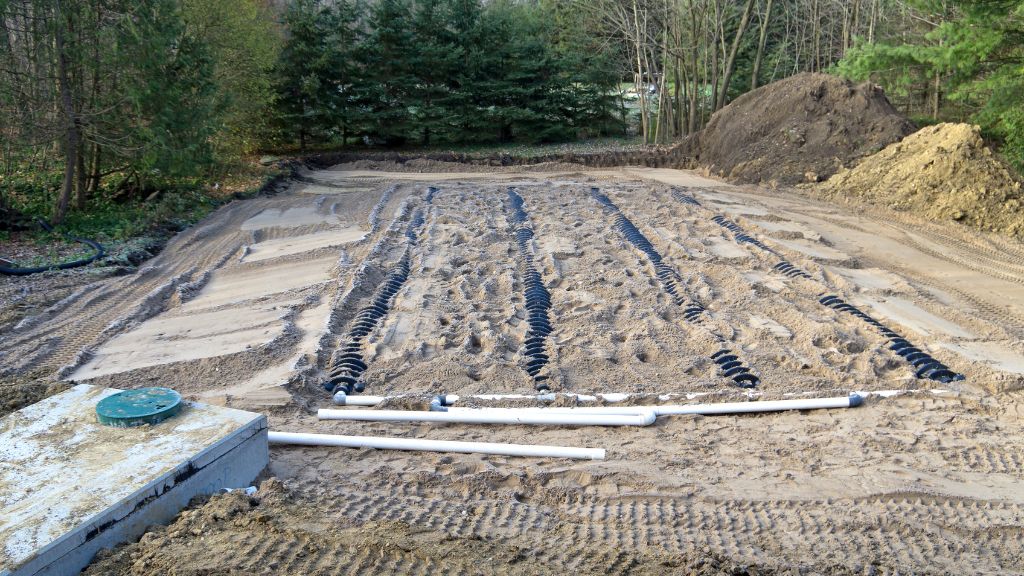
Maintaining your drainfield is crucial for a
healthy septic system and home. The drainfield, also known as the leach field, is responsible for the final treatment and disposal of wastewater from your home. Over time, the drainfield can become clogged or damaged, causing sewage to back up into your property.
One of the best things you can do to prevent costly repairs, replacement, and health hazards is to take care of your drainfield. By following a few simple guidelines, you can ensure that your drainfield functions properly and avoid any potential problems with your system.
1. Avoid Planting Trees or Shrubs Near the Drainfield
The roots of trees and shrubs can cause damage to your drainfield by infiltrating the pipes and clogging them. Avoid planting any deep-rooted plants near the drainfield area to prevent any potential damage.
2. Don't Park or Drive Heavy Vehicles Over the Drainfield
The drainfield is designed to handle the wastewater from your septic system, not the weight of vehicles. Parking or driving heavy vehicles over the drainfield can compact the soil, disrupt the drainage process, and potentially damage the pipes. Be mindful of where you park and avoid driving over the drainfield area.
3. Limit Water Usage
Excessive water usage can overload your septic system and put additional strain on the drainfield. To prevent any issues, it's important to conserve water and
avoid overloading the system. It's best to fix any leaks, use water-efficient appliances, and spread out your water usage throughout the day.
4. Regularly Pump and Maintain Your Septic Tank
Regular pumping and maintenance of your septic tank are vital for your septic system's overall health and functionality, including the drainfield. Have a professional inspect and
pump your septic tank regularly to remove any accumulated solids and prevent them from reaching the drainfield.
5. Be Mindful of Chemical Usage
Certain household chemicals, such as bleach, antibacterial soaps, and harsh cleaning products, can disrupt the balance of bacteria in your septic system. This imbalance can negatively impact the drainfield's ability to break down and treat wastewater. When possible, opt for septic-safe or environmentally-friendly alternatives.
6. Regularly Inspect the Drainfield Area
Keep an eye on the drainfield area for any signs of trouble, such as standing water, foul odors, or overly lush vegetation. These signs can indicate a problem with your drainfield. If you notice any issues, schedule a
septic maintenance service call to assess and address the problem.
7. Direct Water Away from Drainfield
Directing water away from your drainfield is important so it doesn't become oversaturated, hindering its filtering capabilities. You can do this by draining your pool or hot tub away from the area and directing your gutter downspouts away from the drainfield.
8. Consider a Second Drainfield
Known as the alternating drainfield method, it involves the use of two or more drainfields that are alternated in order to prolong their lifespan and prevent system failure. Installing a second drainfield, in addition to your current one, allows you more flexibility for water and septic usage without worrying about overuse or damage done to either of them.
Maintain Your Drainfield for Overall Septic Health
By following these best practices and staying proactive in your septic maintenance, you can ensure the longevity and functionality of your drainfield. Proper care of your drainfield is key to preventing costly repairs and keeping your septic system running smoothly for years to come.
Have a problem with your drainfield or need more information?
Contact us now and let’s get your septic system on the way to optimal health.